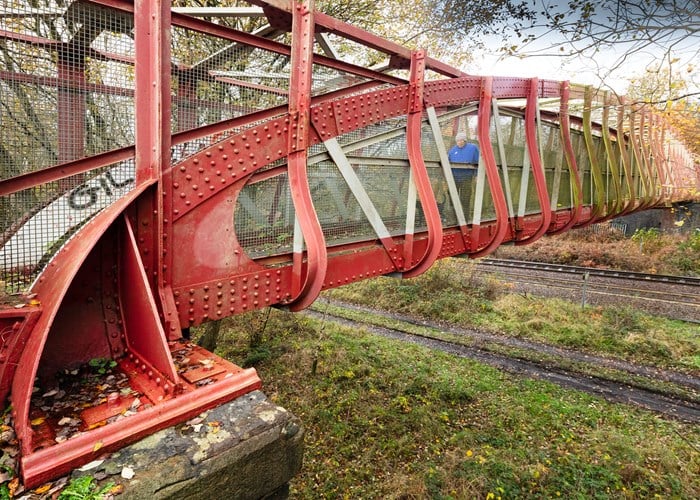Two railway sites in Historic England’s updated National Heritage list
Christmas has come early for a number of historic sites across England[1].
Historic England[2] is celebrating after it added 16 gems to the National Heritage List[3] for England throughout 2023.
While these remarkable sites include a carriage wash in Hertfordshire[4] dating from 1600 right through to a 1980s leisure centre in Yorkshire[5], a couple of important railway sites have also been included in the list.
The Railway Tavern, situated on High Northgate in Darlington[6], was one of three pubs built between 1826 and 1827 by the Stockton and Darlington Railway[7] (S&DR[8]). Although built to serve railway passengers, they are really prototype stations before the concept of a formal station building became the norm for the new companies pioneering this revolutionary form of transport. The pub was built next to one of the company's coal depots as transportation of coal had been expected to be the railway's main source of income. That was before passenger services took off unexpectedly.
The coal depot at Darlington[9] was a the end of a short branch line, meaning that the Railway Tavern was located around 350 metres away from the main line. As a result, it did not develop into a fully functioning railway station. However, it thrived and survived as a pub and is the only one of the original trio of taverns which is still operating.
In keeping with other buildings on the S&DR, the tavern is architecturally modest. A late-19th century refurbishment, planned by the nationally noted and Darlington-based architect G. G. Hoskins, resulted in its large ground-floor windows and a number of other internal features.
 Deep Pit railway footbridge in Hindley // Credit: Historic England
The other piece of railway history[10] which has been listed is the Deep Pit railway footbridge in Greater Manchester[11]. Located at Highfield Road in Hindley[12], Wigan[13], the bridge is an unusually long, single-span, wrought-iron pedestrian railway footbridge and dates from 1887.
Deep Pit railway footbridge in Hindley // Credit: Historic England
The other piece of railway history[10] which has been listed is the Deep Pit railway footbridge in Greater Manchester[11]. Located at Highfield Road in Hindley[12], Wigan[13], the bridge is an unusually long, single-span, wrought-iron pedestrian railway footbridge and dates from 1887.
Originally spanning no fewer than nine tracks, it was built during the peak period of railway bridge construction. It has a large ramp on the south side rather than steps leading up to it and it has survived with minimal alteration. Its architectural interest lies in its elegant design.
Lord Parkinson of Whitley Bay, the heritage minister, said: “The striking range of places listed this year is a vivid demonstration of the richness and variety of our national heritage. The great work done by Historic England will ensure that they are protected for future generations to enjoy – and to learn about the fascinating people and stories connected with them.”Duncan Wilson, Chief Executive of Historic England, added: “A range of remarkable historic buildings and sites are added to the List each year and 2023 is no exception. We've examined and protected some amazing sites this year, which together give us a window into our rich and varied historic environment. The festive period is a great time to find out more about the historic places all around us. I encourage everyone to explore the heritage on our doorsteps and to add what they discover to our Missing Pieces Project for everyone to see and enjoy.”
References
- ^ Posts tagged with England (www.railadvent.co.uk)
- ^ Historic England (www.railadvent.co.uk)
- ^ National Heritage List (www.railadvent.co.uk)
- ^ Posts tagged with Hertfordshire (www.railadvent.co.uk)
- ^ Posts tagged with Yorkshire (www.railadvent.co.uk)
- ^ Darlington (www.railadvent.co.uk)
- ^ Stockton and Darlington Railway (www.railadvent.co.uk)
- ^ Posts tagged with S&DR (www.railadvent.co.uk)
- ^ Posts tagged with Darlington (www.railadvent.co.uk)
- ^ railway history (www.railadvent.co.uk)
- ^ Greater Manchester (www.railadvent.co.uk)
- ^ Hindley (www.railadvent.co.uk)
- ^ Wigan (www.railadvent.co.uk)